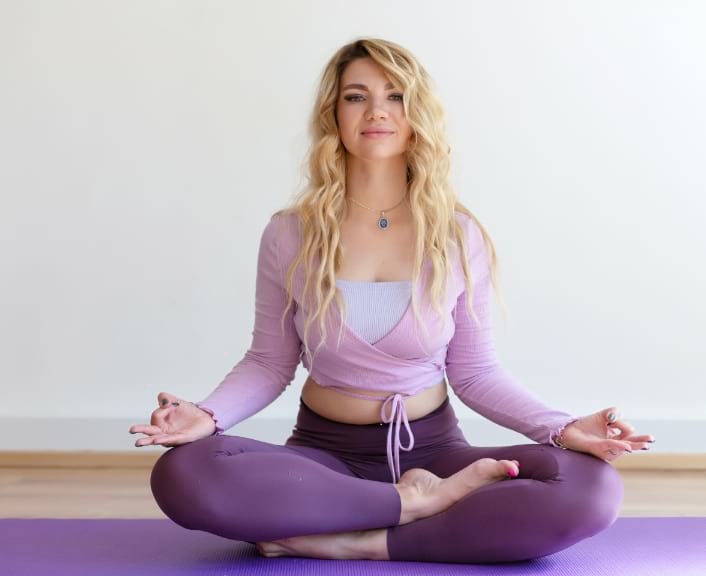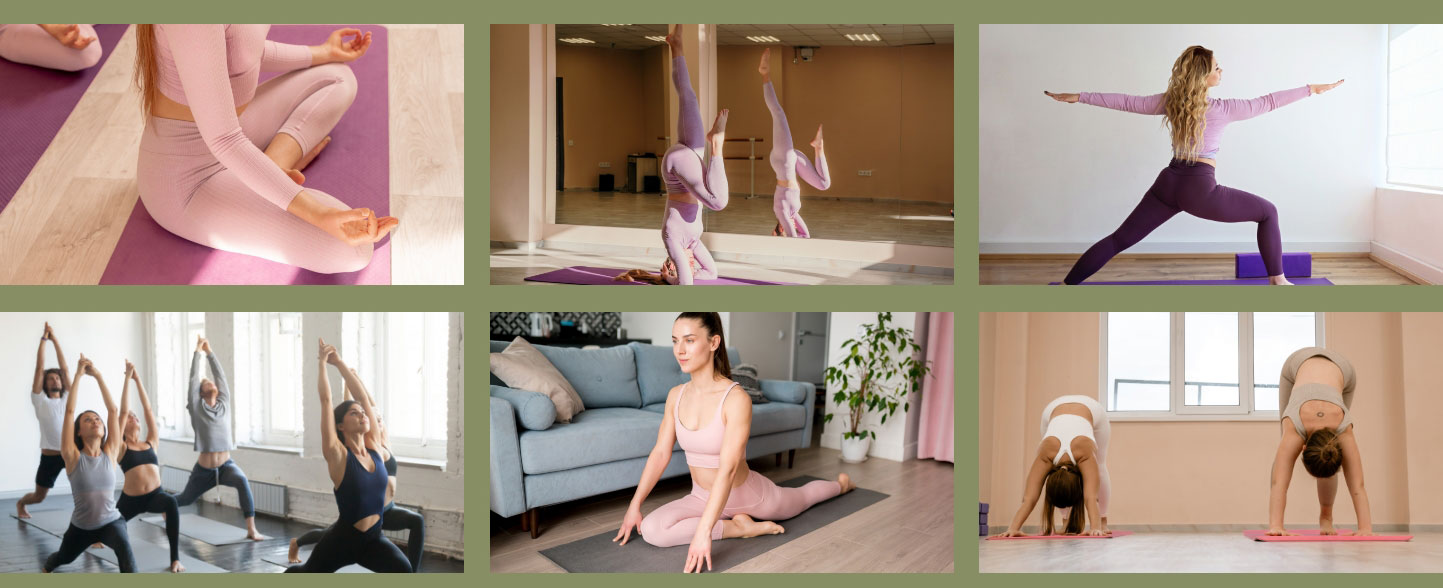
Was ist Bikram Yoga
Hot Yoga und Bikram Yoga haben ähnliche Eigenschaften – vor allem ein beheizter Raum –, aber sie haben auch viele Unterschiede. Hot Yoga ist ein Yoga-Kurs, der in einem beheizten Raum stattfindet, dazu gehört auch Bikram. Es gibt viele Arten von Hot-Yoga-Klassen, aber Bikram ist der Ursprung der meisten und der bekannteste von allen.

Bilder
Die Wallpaper dieser Webseite als auch viele weitere, andere Motive wie zum Beispiel E-Scooter, Luftpolsterumschläge und Containerschiffen finden sie auf der Seite wallpaper-village.com!
Hot-Yoga
Heiße Yoga-Kurse finden normalerweise in Räumen statt, die auf 40 Grad Celsius beheizt sind. Es ist normalerweise ein energischer, fließender Vinyasa-Praxisstil, bei dem Posen miteinander und mit dem Atem verbunden sind. Der Zweck der Hitze und der herausfordernden Aktivität ist es, die Muskeln zu lockern und den Körper zu entgiften.
Bikram Yoga, oder auch Hot Yoga, wird als ein neuer Yogastil bezeichnet, der Anfang der 1970er Jahre eingeführt wurde. Sein Begründer ist der Yogi Bikram Choudhury, der die Praxis entwickelte, nachdem er an einer Knieverletzung gelitten hatte, die seine Beweglichkeit einschränkte. Es entstand das Hot Yoga: eine konkrete Abfolge von Körperhaltungen (Asana) sowie Atemübungen (Pranayama) in einem auf zirka 40 Grad temperierten Trainingsraum, in dem eine Luftfeuchtigkeit von ungefähr 40 Prozent herrscht. Dieser beheizte Raum unterscheidet Bikram Yoga von seinem Vorbild, dem traditionellen Hatha Yoga. Temperatur und Luftfeuchtigkeit tragen dazu bei, Muskeln, Sehnen und Bänder warm und gut durchblutet zu halten – das senkt das Verletzungsrisiko.
Hot Yoga gilt als sehr gelenkschonend und ist auch als ultimativer Fatburner bekannt. Die Klassen können bis zu 700 Kalorien pro Stunde verbrennen. Außerdem soll die schweißtreibende Yoga-Session dem Körper helfen, zu entgiften. Während Bikram 26 Haltungen und 90-Minuten-Klassen bietet, kann Hot Yoga eine Vielzahl von Posen haben, die von Klasse zu Klasse und von Studio zu Studio variieren. Beim Hot Yoga gibt es oft Musik während des Unterrichts mit Applaus am Ende des Unterrichts. Hot-Yoga-Kurse dauern normalerweise 60 Minuten und ermöglichen es den Schülern, Lärm zu machen und miteinander zu interagieren.
